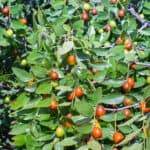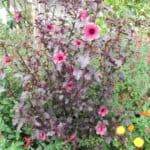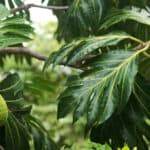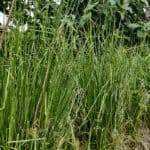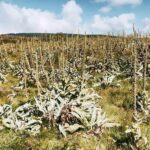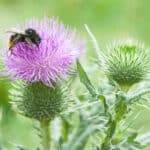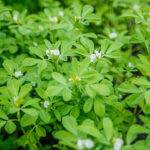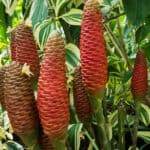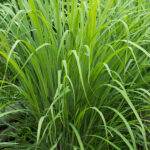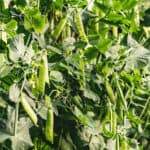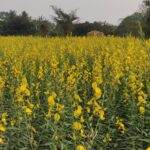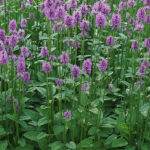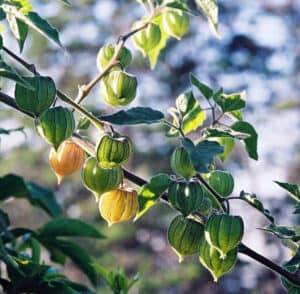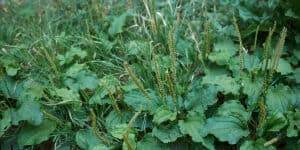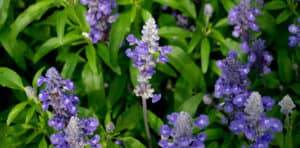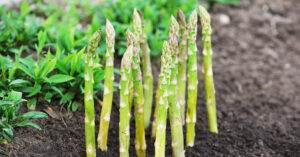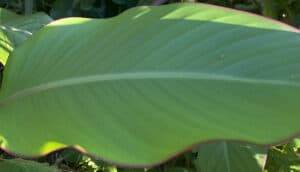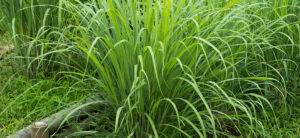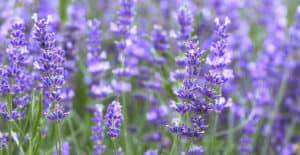The Magical Tree of the Mediterranean
There is a certain magic surrounding Olive trees, each having their own character. Telling the stories of those who cared for them, through the twists in their trunk, scars in their bark, and the branches that used to be. My most treasured memories are climbing my way into the crown of a mature tree, saw in hand, to make space for the coming growth. I can be sitting four meters high, like being held in the hand of a giant, but I’ve never felt so secure. Or sitting beneath the shade of the one that looks the most inviting, knowing it has seen more seasons than I will ever see. Finishing the day surrounded by olive trees, fresh olives and good olive oil!
The mystery and mythology surrounding the olive tree is no surprise, when we realise the length of history behind its cultivation. Maybe we have Aristaeus, God of olive growth to thank. Or goddess Athena, for creating the olive tree, so that the people would choose her over poseidon. The origins of the wild olive are believed to have been around Syria or sub-saharan Africa. However, the cultivation of olives has been dated back over 8000 years! The earliest known evidence of olive oil has been found on shards of pottery that was made around 6000 years ago in Carmel, Israel.
Medicinal Uses of the Antioxidant-Rich Olive
The Olive fruit, leaves, bark, wood, seeds and oil have many uses in traditional and contemporary medicine. All parts of the olive tree have been used alone, or in combination with other herbs for centuries. To cure ailments ranging from Asthma to diabetes, gallstones, hair loss and more. Many see its benefits in skincare and as part of a healthy diet. From a nutritional point of view, they are very rich in fat, mostly monounsaturated, and also high in antioxidants and vitamins (A, C and E).
The below table shows the biological activities of olives, corresponding with their known benefits on the human body:
The Sweet Scent of Olives Can be Everlasting
Although Olive wood can be a challenge to work with, it has many wonderful qualities. It polished well, and the sweet smell of the lumber can remain for many years. A traditional use of the olive tree is through woodworking. Visually, it has a very unique texture due to some of the irregular growth habits becoming present in the grain. It is more commonly used in the creation of table tops, decorative furniture, utensils and other artistic pieces.
If You Have One Olive Tree, You Can Have Many!
There are so many methods of Olive propagation! The most common technique used nowadays is with cuttings around 20cm long and pencil thickness. Rooting hormone is normally used, and most of the leaves removed. Around ⅓ of the cutting should be in the soil. The soil should be kept warm (21°C or 70°F) and moist but in a free draining medium to avoid rot. After 3 months roots should form, and you can put them into a larger pot.
We can also propagate using Ovules, Branches, Suckers, Shoots and seeds. Basically, if you have some experience and have enough material, you will find a successful way to propagate olives. For me, the most interesting methods are those which attempt to use large plant material. In Spain and Portugal the traditional way was to plant hardwood cuttings or ‘Estacas’, meaning stakes. This is material obtained from Autumn pruning, up to 2-3m in length and more than 6cm in diameter. They would bury these ⅓ of the way into a 1x1x1 meter hole prepared with composted manure. When the first shoots start to form, special care can then be taken to ensure the tree has sufficient moisture to support its growth throughout the drier months.
Seeds generally need a period of cold stratification, however, it may not be necessary depending on your climate. A temperature of 1-10 degrees celsius for 10 to 90 days should suffice. You can sow the seeds in a greenhouse in the autumn when the seed is ripe, when they are large enough to handle you can transplant them into pots. They can spend the next 1-3 winters in the greenhouse depending on your climate. They should be planted in their final positions in the late spring or early summer, and depending on the climate they may need further protection in their first winter. These seedlings may not be true to the genetics of the parent tree. They may need to be later grafted to be true to the type you wish to cultivate.
Growing and Caring for your Olive Trees
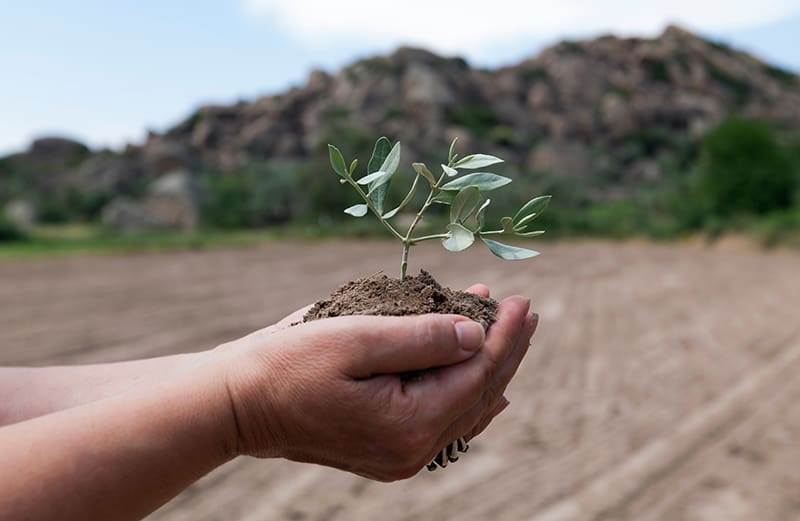
Olives are not afraid of sun, heat or infertile soils. Even readily colonising soils of calcareous nature. In the Algarve region of Portugal, wild olives are one of the first to self propagate spontaneously. With the help of the birds and other animals, the seeds find their perfect nesting place in abandoned ruins, lands and orchards. This gives a clue that olives can be grown as a dry crop, even in very low rainfall areas, and have been grown this way for thousands of years.
The wild olive tree is actually more of a large shrub, but over many thousands of years we quickly learned to work with this and shape it into a tree for ease of harvesting. During this time, more specific rootstocks have been selected to deal with certain climates and regions.
Most rootstocks will be grafted with a variety of olive cultivated for the table, or for oil. These cultivars will be highly dependent on your region. Here in Portugal there are around 30 well known varieties, but commercial cultivation can be narrowed down to around 6 varieties for their desirable characteristics on the table, or in the production of oil. (Cobrançosa, Cordovil, Carrasquenha, Galega, Verdeal and Madural.) Each country will have their own range of cultivars which, of course, will be “much better” than the country next door!
Pests and Diseases
The olive fruit fly is the most common pest in the Mediterranean; this can be successfully dealt with organically by making olive fly traps. These are literally PET bottles with holes drilled around the top and filled with an Ammonium bicarbonate solution. The fly is extremely attracted to this scent. They can fly in but find it very difficult to get out. With one trap hanging in each tree, small and large-scale operations have had success in organic control.
There are many other Pests and diseases of the olive tree, but this depends on the region and your environmental conditions. Ranging from weevils to wilt and red scale to root rot.
Irrigation Requirements
As mentioned before, Olives can be grown in very dry conditions. That doesn’t mean they won’t use and benefit from irrigation. In cultivated olives, irrigation is most critical in the establishment phase of the tree. Ideally, the soil should always have some moisture.
A common way of planting trees in the low rainfall areas such as these, is by planting the tree in a basin of soil 60cm to 1m diameter. This basin is to help irrigation water stay where it is applied. Especially if irrigating by hand, the basin technique is very helpful as it should easily hold 10 litres of water before overflowing.
Once the tree has reached maturity, the critical periods of irrigation are before and after flowering, this will determine the success of the fruit setting. Drought in this phase can result in a significant reduction in flowering and therefore fruit production. If it is very dry when the olives are maturing, you will notice the olives may start to wrinkle slightly. Supplemental watering can be very important at this stage to ensure a good crop.
Pruning
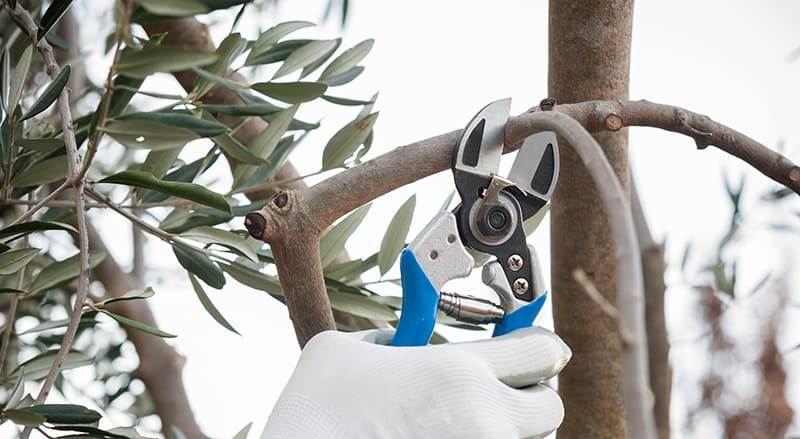
When moving through the mediterranean, you will see many different ways of pruning olive trees. These techniques are passed down through generations, some prune their olives at harvest time, and some later in the season. By far the most common pruning technique in the mediterranean is to shape the tree like a “vase” or “wine glass”, but It is even better described by some as more of a “cocktail glass”. If trees are neglected at some stage, you will have many different styles of wine glasses and perhaps some champagne flutes.
This particular “cocktail glass” technique requires the central portion of the tree to be totally free of vertical branches. Basically, you want to be able to climb into the centre of the tree comfortably, and sit (or lay down) in the “cocktail glass” of the tree with the productive branches surrounding you. (Some traditional growers would be totally against me laying in the tree)
This technique allows sunlight to enter, improving fertility and fruit production. This technique also allows the olive laden branches to be much lower to the ground for ease of harvesting. To achieve this technique, from a young age 3 to 4 main branches are selected to be the main structural branches. Ideally the branches form an approximate 90 degree angle. Any water sprouts or vertical branches are pruned to have a hollow section in the crown of the tree.
I could try to explain step by step how to prune an olive, but the best way is to have an experienced person show you with a living one! Or, you can find a thorough guide here and try yourself: https://www.mediterraneangardensociety.org/pruning.html
From experience, the practice of pruning any tree starts with good guidance. Observation is also fundamental in the early stages of learning. After 2 to 3 seasons you can see how the tree reacts to the pruning, what you did wrong, and how you can improve next time.
Harvesting your Olives
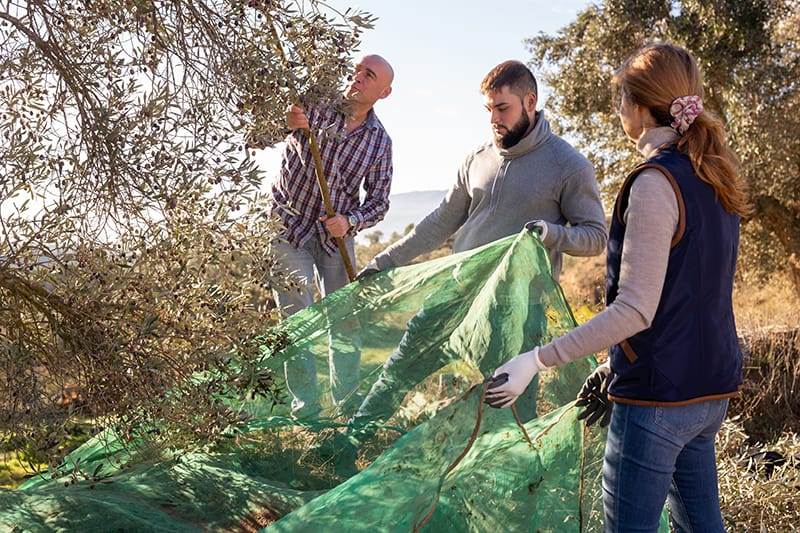
Traditionally, harvesting is a family event. All getting together to harvest the olives, as quickly as possible and then taking them to the “lagar” which is the olive press. Normally there’s a minimum of around 300kg to have your own batch of oil. Otherwise, your olives are mixed in with the community and you get your share of oil, minus a percentage determined by the lagar.
Nowadays, the normal process is with a polypropylene net covering the ground. It has a split through half of the square to fit around the trunk. This allows the fallen olives to be collected easily by funnelling the olives into one area for later collection. Picking by hand is the traditional way of harvest, small plastic hand rakes are commonly used to make the process quicker. Stroking the branch in a downward motion detaches many olives from the branch in one movement. Heavy duty battery operated harvesting machinery is also commonly used, these consist of two combs at the end of an extendable handle which shake vigorously. These combs shake the olive laden branches, allowing the olives to fall onto the sheet below.
How to Enjoy Your Olives and Oil!
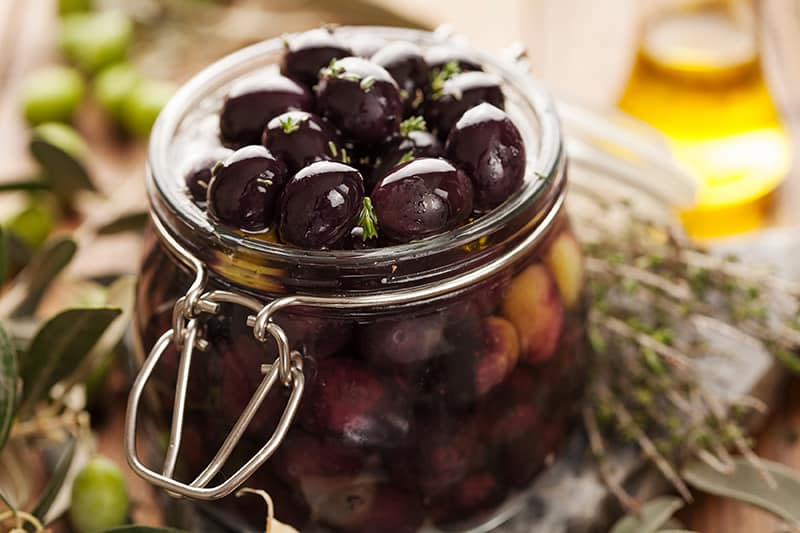
Olives are far too bitter to be eaten fresh from the tree, they must be preserved in a way that attempts to remove the bitterness. Normally this consists of soaking the olives for a week or more, changing the water 3- 4 times daily. Flavour can be altered in many ways depending on the variety of olive used, maturity of the olives (ripe, green, or somewhere in between). We can also alter the flavour through adding different herbs at the time of bottling.
Olive oil is also enjoyed simply on bread, in a salad and used in many dressings and recipes around the Mediterranean.
There are many recipes available, but here is an ancient recipe translated to English from a text written in the 4th Century by agronomist Marcus Cato:
Cured Olives
1 litre freshly-picked black, green, and half-ripe olives
fennel and lentisk seeds
extra virgin olive oil
white wine vinegar
grape must
40 gr sea salt
Method
Pound slightly, the olives in the mortar to break their skins. Let them soak in water for a week, changing the water three or four times a day.
Drain the olives and put them in a jar, adding the salt and lentisk and fennel seeds. Pour a little quantity of extra virgin olive oil, and fill the jar with half vinegar and half grape must. Now, close the jar and let it rest for a few days.
Simple, right?
As the afternoon sun casts a family of shadows across the grove. The birds weave in and out of the “wine glasses” we created for them. I am thankful to these trees for their cooperation, and I hope in the seasons to come they will thank us also.
Chatterton, Brian. “Pruning Olive Trees.” Www.mediterraneangardensociety.org, July 1AD, www.mediterraneangardensociety.org/pruning.html.
Ghanbari, Rahele, et al. “Valuable Nutrients and Functional Bioactives in Different Parts of Olive (Olea Europaea L.)—a Review.” International Journal of Molecular Sciences, vol. 13, no. 3, 12 Mar. 2012, pp. 3291–3340, www.mdpi.com/1422-0067/13/3/3291, 10.3390/ijms13033291.
“Ancient Roman Cured Olives – Epityrum.” Historical Italian Cooking, 28 Oct. 2019, historicalitaliancooking.home.blog/english/recipes/ancient-roman-cured-olives-epityrum/. Accessed 13 Sept. 2022.

